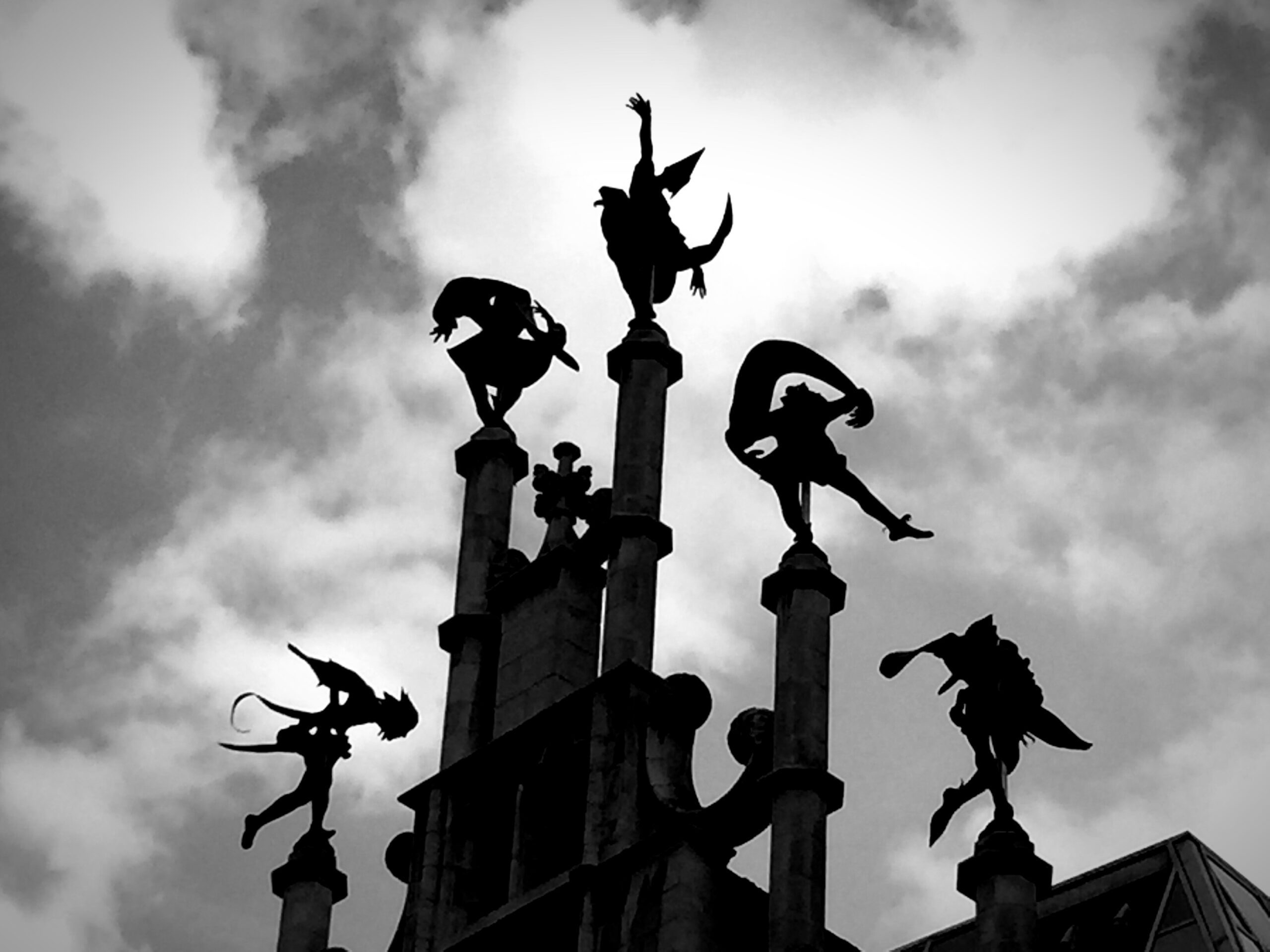
The peremptory ideation described by Klein can be used to expand on French and Fromm’ preconscious realization. Something in the external world aligns with the content contained in the peremptory ideation that is moving through our psyche. I can envision the external preconscious image or content “hooking on” to the ideological “train” that is passing by inside us. For instance, we interact with a woman who vaguely reminds us of our mother, and this aligns with an internal ideation that is moving through our psyche that concerns our mother or more generally a particular kind of woman or particular kind of relationship with someone like our mother. We know that something is a bit different (like the hidden duck or flash of “cheese”). The Deja Vue phenomenon, for instances, might be attributable at least in part to the alignment of an external event with our internal ideation. We believe that “we have been there before but don’t know where or when “Perhaps we have “been there” in our ideation.
While Klein focused on the internal, daytime dynamics of the peremptory ideation, I propose that this daytime ideation might precipitate or at least contribute to the content of our dreams—especially if the internal ideation is associated with our sub-focal conflicts or with our focal content. I assume that peremptory ideation doesn’t take the evening off for a bit of sleep on its own part. Rather, during the time of sleep, this ideation might be fully in force, without any of the safeguards or distractions associated with our waking life. While French and Fromm (as well as other psychoanalysts) propose that the manifest content of a dream consists mostly of residue from the previous day’s events and activities, we might add the content contains in the peremptory ideation train that is operating during our waking hours.
K’s Nightmare: An Integrated Interpretation
What then about the nightmare collected in the dream lab? Perhaps a peremptory ideational train was traveling through K’s psyche. Perhaps this train relates to or is at least triggered by K’s loss of a card game. This loss could be interpreted (and felt) by K as the temporary “death” of success. Like an avalanche, this concern of K regarding the death of success could begin to move through K’s preconscious thoughts and vaguely show up in how she is “feeling” the rest of the day. This primitive concern and fear pick up other content (perhaps she fears not working hard enough on some school assignment—another source of potential failure and “death”. K might also pick up related affect.
We know that related emotions often are attracted to one another in our psyche. We are feeling embarrassed about something and begin to feel not only embarrassed but also ashamed, anxiety and angry. These emotions form an “affective” chain—a dynamic that is often evident in a psychotherapy session. The affective chain, in turn, brings together memories related to these emotions. We are embarrassed about our drunken behavior at a recent party and find that other embarrassing moments in our life come to the fore.
We then find that a memory emerges regarding a moment when we felt shame after being told as a teenager not to come to an event. Another memory comes to the fore regarding the time when our brother told us not to follow him to the baseball game. We remember being very angry and find that the anger is still there. We love our brother, but also hate him. All of this “seemingly unrelated” content and emotions emerge in what Frederick Bartlett (1995) would identify as a schema regarding our sense of self-worth. Other psychologists and therapists would similarly relate this emerging cluster of thoughts, memories and feelings to enduring schemata regarding self (e.g. Horowitz, 1991; Yung, Klosko and Weishaar, 2003).






